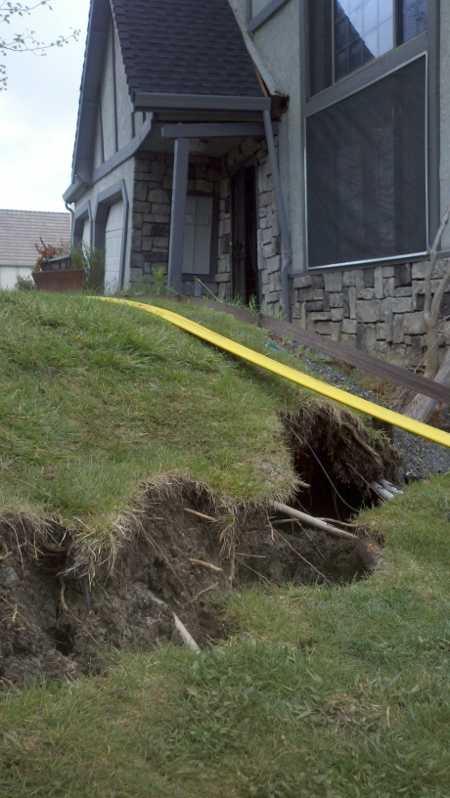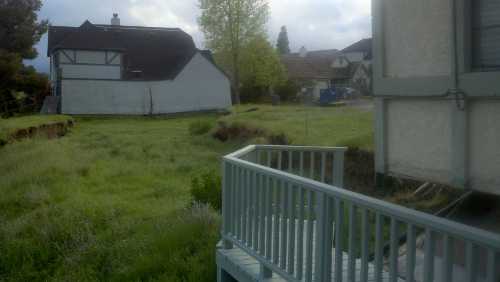- Elizabeth Larson
Clearlake officials to address violation of city’s tree ordinance
CLEARLAKE, Calif. – Clearlake city officials are preparing to address several violations of the city’s five-year-old tree protection ordinance, with suggests hefty fines for unpermitted removal of certain native trees.
City Manager Joan Phillipe said there have been four recent violations of the ordinance, which the Clearlake City Council passed unanimously in April 2008.
The Clearlake Vision Task Force had urged the creation of protections for the city’s trees, which in some cases had been subject to extensive clearcutting, such as in one notable incident in which a landowner clearcut oaks from property near Borax Lake.
The ordinance – written, vetted and then approved by both the planning commission and city council – states that its intent is to “establish regulations to protect certain native trees to enhance the attractiveness and livability of the City.”
It specifically protects six varieties of native oaks – blue oak, valley oak, interior live oak, California black oak, canyon live oak and Oregon white oak – as well as any tree the Clearlake City Council designates as a “heritage tree.”
The protected trees can’t be removed, girded, topped, burned, or have temporary or permanent structures placed within their root protection zones. The ordinance also prevents within the root zone trenching, irrigation systems, grading, compaction of soil or covering with impermeable substances such as asphalt, concrete or plastic.
Phillipe said the tree ordinance requires following a process in order to remove trees, and the landowners in the recent cases didn’t go through that process.
The ordinance requires application for removal permits, with an arborist – paid for by the applicant – to determine if the trees are sick, diseased or should be removed. The city’s planning and community development director can approve the permit if conditions are met.
Trees that are removed must have replacements planted unless the trees slated for removal are dead or hopelessly diseased; hazardous to life and property, or a fire hazard; judged by a public utility company to be a hazard to high voltage power lines; or taken down to accommodate city, county or public utility improvements, according to the ordinance.
The document also allows for removing trees whose dripline falls within the footprint of a proposed single family dwelling, garage or driveway on an existing lot where the trees cannot be reasonably avoided for construction. Trees also can be thinned if the action is taken to improve the overall health of a stand of trees.
Phillipe said the four recent violations involved clearcutting of larger residential lots. She said the city was following through on the process to assess necessary penalties.
“The penalties are stiff,” Phillipe told Lake County News.
The ordinance’s penalties include $1,000 for each tree removed without a permit.
Besides that penalty, there also are replacement requirements.
Trees that are removed must be replaced with trees of the same type based on a formula set out in the ordinance. Two replacement trees shall be planted for the first 6 inches of diameter at breast height and one tree for each additional inch – also at the breast height diameter measurement – of the original tree.
In cases where a permit is taken out, the replacement trees must be planted within 12 months of the removal permit’s issue, according to the ordinance.
Based on that replacement formula, Phillipe said one of the property owners, who cut down 15 trees, is going to be required to plant 278 trees, but their lot isn’t big enough to accommodate the replacements.
Still another of the property owners who cut trees may have to plant 800 replacements, she said. Replacement totals for the other two violations haven’t been calculated yet.
Phillipe pointed out that the ordinance allows for the replacements to be planted on public property, including city parks and lands, but she said Clearlake doesn’t have enough public land space at this point to accommodate the replantings.
In an effort to come up with some sensible solutions, Phillipe said she and city staff are putting together a package of proposals to take first to the Clearlake Planning Commission and then the council in the near future.
She said the city first needs to redefine the “breast height” measurement requirement, which she pointed out is quite different among individuals.
They also need to assess the replacement requirements, Phillipe said.
Phillipe said that she thinks there is a belief that, due to the city’s decreased code enforcement efforts – which came about due to budget cuts – the city won’t do anything about the tree ordinance.
She said that’s just not so.
“We’ve got this ordinance, we’re going to enforce it,” Phillipe said.
Email Elizabeth Larson at




 How to resolve AdBlock issue?
How to resolve AdBlock issue? 



